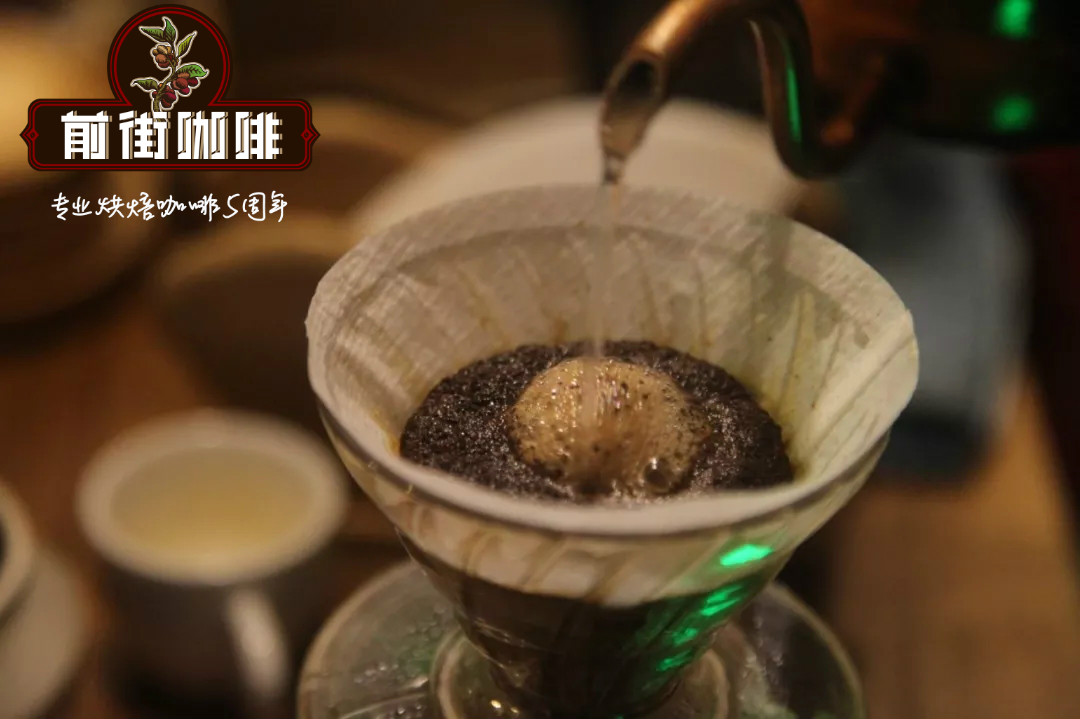How to drink Indian coffee with a long history? Introduction to the characteristics of Indian style-stained Malabar Coffee

India is the oldest coffee producer in Asia. Although Indian coffee did not flourish until it was colonized by the British in the 19th century, it had a history of about two hundred years before that.
In 1870, due to the influence of leaf rust and the high demand for tea in the market, many farms capable of producing high-quality coffee changed to grow tea one after another, which dealt a heavy blow to the coffee industry in India. Although in the past, Indian coffee continued to develop, but the planting and research focused on disease resistance, taste and flavor after Robsta and its extended varieties, coupled with India because of its low altitude and climate, the yield of Robusta is extremely high, but also because its flavor is cleaner than that of Robustan produced in other producing countries, Robusta in India is popular among coffee roasters. It is often used in Italian formula beans.
Treatment of monsoon stains
The better-known Indian coffee is the wind-stained Monsoon Malabar, which is now a precisely controlled treatment, but it originated by accident at first.
During the British colonial period, coffee was packed in wooden cases and exported to Europe. These coffees experience wet weather during the monsoon period during transportation, causing the coffee to absorb a lot of moisture and have a huge impact on the coffee delivered to its destination. At that time, a transportation took several months, and the raw beans were placed on the bottom of the barn, absorbing the moisture and salty taste of the sea. The raw beans had already gone bad when they arrived in Europe, the color turned yellow, and the acidity of the coffee almost disappeared, but developed a very unique taste.
After that, although the navigation and shipbuilding techniques have improved and shortened the delivery time, the flavor of this monsoon-treated coffee has been affected. So this kind of coffee, called wind stain treatment, will be carried out in the factory.
Wind stain treatment is only used in sun-treated coffee, and the color of the coffee after wind stain is light and fragile. This kind of wind-stained beans is not easy to bake evenly, coupled with the fragile characteristics, resulting in coffee cooked beans often have the problem of poor appearance and broken beans. However, this kind of damaged beans is different from the general low-grade coffee defective beans, which will not affect the flavor.
In the process of wind stains, coffee usually loses acidity, but adds a strong and wild aroma, which has a polarized evaluation in the coffee industry. Some people regard this flavor as its characteristic, while others think that it is the defective smell caused by the treatment process.
Although the wind-stained Malabar coffee beans seem to be big and fat, they are soft beans that are strong and dry outside, a change brought about by the weathering of for several months. Coffee beans have been exposed to the moist monsoon for several weeks, which not only turns the beans yellow, but also reduces the acidity of the coffee itself, and the taste is very special. In addition to serving as a single product, Indian Malabar coffee beans are also suitable for blending integrated coffee beans.
Important Notice :
前街咖啡 FrontStreet Coffee has moved to new addredd:
FrontStreet Coffee Address: 315,Donghua East Road,GuangZhou
Tel:020 38364473
- Prev

Is the iced coffee good at the Queen's Manor of Brazil? Why do iced coffee taste good with medium-deep baked beans?
Professional coffee knowledge exchange more coffee bean information please follow the coffee workshop (Wechat official account cafe_style)
- Next

Columbia perfect Manor Coffee introduces what are the flavor characteristics of Colombian coffee?
For more information on coffee beans, please follow the coffee workshop (Wechat official account cafe_style). The perfect coffee shop Colombia Caf Inmaculada is the brand that Mr. Camilo launched in 2011. Camilo is a coffee grower who is crazy and passionate about coffee and has great ideas about growing raw beans. In 1999
Related
- Does Rose Summer choose Blue, Green or Red? Detailed explanation of Rose Summer Coffee plots and Classification in Panamanian Jade Manor
- What is the difference between the origin, producing area, processing plant, cooperative and manor of coffee beans?
- How fine does the espresso powder fit? how to grind the espresso?
- Sca coffee roasting degree color card coffee roasting degree 8 roasting color values what do you mean?
- The practice of lattes: how to make lattes at home
- Introduction to Indonesian Fine Coffee beans-- Java Coffee producing area of Indonesian Arabica Coffee
- How much will the flavor of light and medium roasted rose summer be expressed? What baking level is rose summer suitable for?
- Introduction to the characteristics of washing, sun-drying or wet-planing coffee commonly used in Mantenin, Indonesia
- Price characteristics of Arabica Coffee Bean Starbucks introduction to Manning Coffee Bean Taste producing area Variety Manor
- What is the authentic Yega flavor? What are the flavor characteristics of the really excellent Yejasuffi coffee beans?

